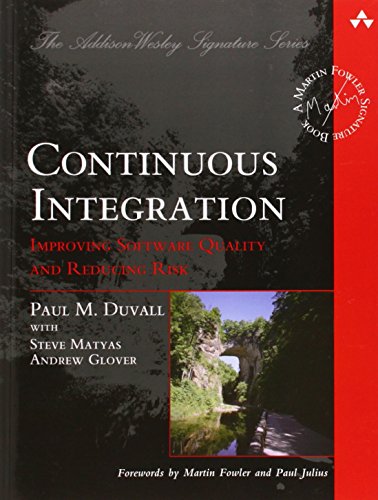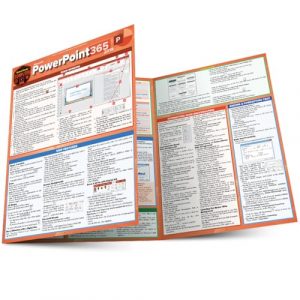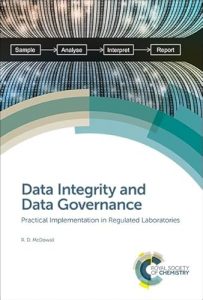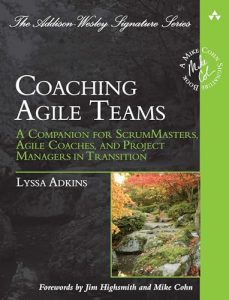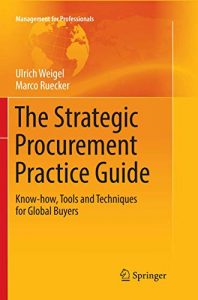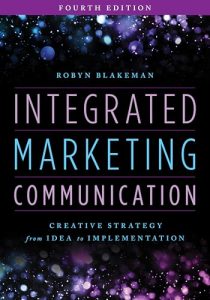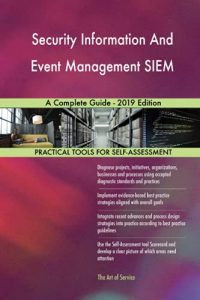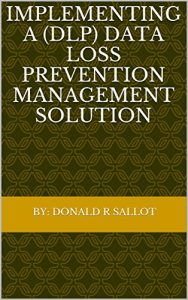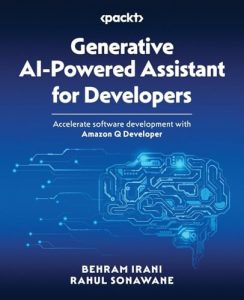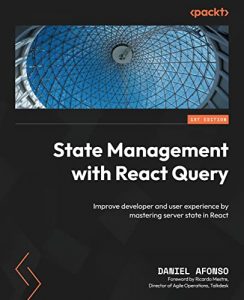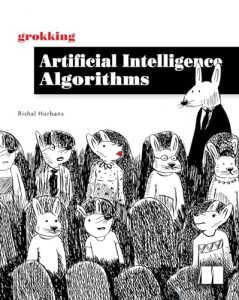Top 10 Must-Read Books on Systems Integration and Software Quality
If you are looking to enhance your understanding of systems integration, software quality, and the many elements that come into play in technology today, you’re in for a treat. Below, we review ten essential reads that will elevate your knowledge and skills.
1. Continuous Integration: Improving Software Quality and Reducing Risk
Authors: Paul M. Duvall, Steve Matyas, Andrew Glover
Price: $19.90
“Continuous Integration” is a definitive guide to improving the quality of your software while significantly reducing the associated risks. The authors delve into practical strategies that can be applied in real-world scenarios, making it an essential read for both aspiring and experienced software developers. This book lays a strong foundation in best practices for integrating code, thus ensuring efficiency and coherence in development processes. Those seeking to improve their development teams’ workflow will find invaluable insights throughout the text.
2. Designing IT Systems Integration
Author: Marcin Ziemek
Price: $28.00
This newly published work focuses on the intricate web of IT systems integration. Ziemek explores modern integration challenges and presents innovative strategies to overcome them. This book is perfect for IT professionals who are navigating the complexities of systems that need to marry various functionalities seamlessly. The content is pragmatic, with case studies and actionable advice. If you want to future-proof your systems integration knowledge, this book is a must-have.
3. Enterprise Integration Patterns: Designing, Building, and Deploying Messaging Solutions
Authors: Gregor Hohpe, Bobby Woolf
Price: $55.10
This classic book aims to demystify the complexity of message-based integration technologies. Hohpe and Woolf provide a comprehensive catalog of design patterns that can be utilized in enterprise settings. The myriad of examples and practical application scenarios will help practitioners design robust integration solutions regardless of the enterprise size. A foundational text that has stood the test of time, it remains highly relevant in today’s landscape.
4. Handbook of Human Systems Integration
Author: Harold R. Booher
Price: $196.14
The “Handbook of Human Systems Integration” provides crucial insights into the interplay between humans and integrated systems. Booher addresses the importance of user-centered design and ergonomics in system development, making it perfect for anyone involved in systems engineering. This book emphasizes the need for effective integration from a user perspective, making it invaluable for multidisciplinary teams focused on improving systems usability.
5. The Data Integration Guide: How to Design, Deliver, Deploy, and Sustain Efficient Data Integration Solutions in Your Information System
Author: Ahmed Fessi
Price: $9.99
Fessi’s guide is a straightforward roadmap for organizations looking to harness the power of data integration. The book breaks down the data integration lifecycle into digestible components, making complex concepts accessible to readers with all levels of expertise. This essential guide also emphasizes ongoing maintenance and optimization, ensuring your systems remain efficient over time. Perfect for data professionals, it provides a comprehensive overview that is easy to digest and implement.
6. Building Systems Integration for Enhanced Environmental Performance
Author: S. Vassigh
Price: $26.54
This book delves into the importance of systems integration in achieving sustainable and environmentally friendly practices. Vassigh combines theoretical foundations with practical approaches to show how businesses and organizations can significantly improve their environmental performance through effective systems integration. For any company aiming to adopt greener practices, this book offers essential strategies and insights.
7. Global Navigation Satellite Systems, Inertial Navigation, and Integration
Authors: Mohinder S. Grewal, Angus P. Andrews, Chris G. Bartone
Price: $124.99
This text explores the fusion of navigation subsystems and the physics underlying global navigation processes. It stands out as a comprehensive resource for engineers and scientists interested in navigation systems integration. Whether you’re involved in aerospace, automotive, or any other engineering discipline, this book provides groundbreaking insights that are foundational for advancing navigation technology.
8. Aircraft Systems: Mechanical, Electrical, and Avionics Subsystems Integration
Authors: Ian Moir, Allan Seabridge, Roy Langton
Price: $74.71
This comprehensive guide covers the integration of various subsystems in aircraft, bridging the gap between mechanical, electrical, and avionics fields. Through rich examples and authoritative information, Moir, Seabridge, and Langton underscore the importance of seamless subsystem integration for aircraft safety and efficiency. If you’re an engineer or a professional in the aviation field, this essential read will greatly enhance your knowledge.
9. Future Spacecraft Propulsion Systems and Integration: Enabling Technologies for Space Exploration
Authors: Paul A. Czysz, Claudio Bruno, Bernd Chudoba
Price: $154.11
This book unveils the future of propulsion systems in space exploration, presenting cutting-edge technologies and innovative designs critical for successful missions. It offers technical insights and detailed discussions aimed at engineers and researchers looking to push the boundaries of what is currently possible in aerospace propulsion technologies. With practical knowledge and visionary ideas presented, this book will inspire the next generation of aerospace innovators.
10. Aircraft Systems Integration of Air-Launched Weapons
Authors: Keith A. Rigby, Peter Belobaba, Jonathan Cooper, Roy Langton, Allan Seabridge
Price: $134.74
This technical manual focuses on the integration of air-launched weapons systems within aircraft. It is a crucial read for aerospace engineers involved in defense projects and explores the innovative strategies to enhance weapons deployment. The authors provide a thorough examination of the technologies and techniques used today, bringing in-depth knowledge necessary for professionals working in high-stakes environments.

